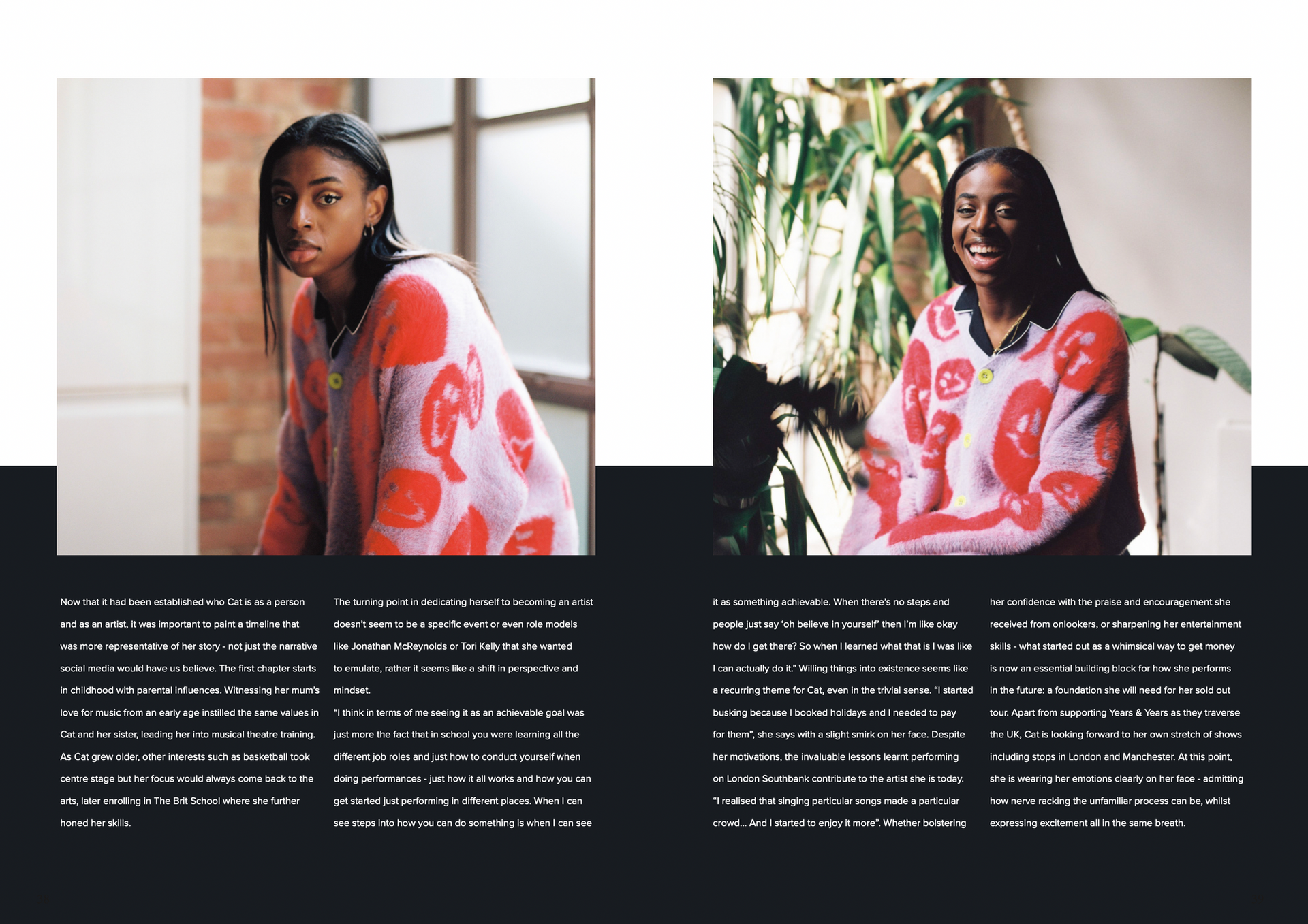THE FLOOR MAGAZINE | PRINT
Print and Magazine Design
The Floor is an online and print magazine highlighting the up-and-coming talents within the literary and creative industries. The aim is to increase exposure for writers, whilst giving poets, authors, and other creatives a platform to share their works.
THE SCOPE
The Floor Magazine is an online and print publication that celebrates emerging talents of colour in the literary and creative worlds. The publication aims to showcase the work of artists and writers from diverse backgrounds and give them a platform to share their stories and experiences. My role in the project was to design the print edition of the magazine, including the cover, layout, and typography.

OUR PROCESS
Thorough UX research and analysis of similar magazines, informed a design strategy emphasising a minimalist layout, bold typography, and vibrant colours, resonating with their preference for sleek designs. I crafted wireframes to structure the magazine's layout, ensuring it was navigable and aesthetically balanced. The final UI brought forth a fresh, cohesive design with a pronounced typographic hierarchy and a lively color palette.

THE FLOOR MAGAZINE
Seamless User Experience
Let's now dive into the visual representation of my design journey. I'm excited to present the mockups that embody the research and design strategy tailored for The Floor Magazine's target audience. These mockups provide a tangible glimpse of the magazine's aesthetic, capturing the minimalistic feel, vibrant colors, and bold typography that our audience resonates with.







